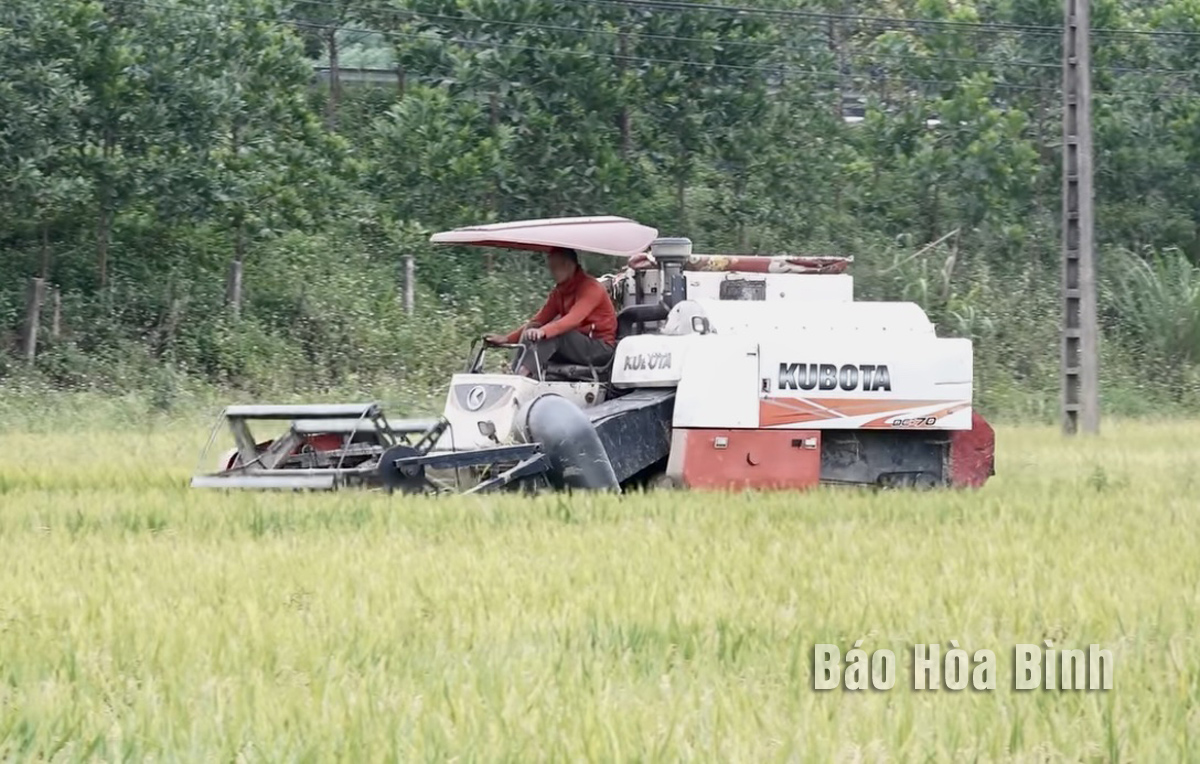
Farmers in Thong Nhat commune (Lac Thuy) use combine harvesters to speed up the spring rice harvest.
In Lac Thuy district, farmers in communes and towns have harvested over 90% of the spring rice crop. Comrade Tran Duc Minh, Head of the district's Department of Agriculture and Environment, said: To promote production, the district has directed timely production with the right technical solutions at important growth stages. This crop's rice yield is estimated at 64.5 quintals/ha, with grain output of 10,204 tons; corn yield at 63.05 quintals/ha, with grain output of 5,687 tons. The total grain output in the 2024-2025 spring crop is estimated at 15,891 tons, reaching 108.6% of the plan, equal to 100.8% over the same period. Immediately after the end of the spring rice harvest, farmers in the district urgently prepared rice seeds for the winter-spring crop to ensure compliance with the crop schedule. The whole district strives to finish sowing and cultivating the winter-spring crop before July 20.
Along with the spring rice crop, in districts and cities, corn and other crops are also entering the peak harvest season. According to the National Center for Hydro-Meteorological Forecasting, from June to July, the Northern and North Central regions will have higher temperatures, hot and harsh sunlight may occur more strongly than the average of many years. Rainfall in the North is expected to be approximately equal to or higher than the average of many years. In order to minimize the damage caused by unfavorable weather conditions to spring crops, and at the same time, fully and promptly prepare conditions for summer-autumn and winter-spring crop production, contributing to ensuring the growth target of the agriculture and environment sector in 2025 reaches over 4%. The Department of Agriculture and Environment issued Official Dispatch No. 2665/SNNMT-TTBVTV, dated May 22, 2025, to districts and cities to focus on directing production and harvesting of spring crops and implementing the production plan for summer-autumn and winter-spring crops in 2025.
Accordingly, in addition to harvesting, localities need to implement cage plowing, treat straw with biological products such as Trichoderma, AT-YTB to quickly decompose residues, limit the occurrence of pests and organic poisoning for the next crop. For crops such as corn, peanuts, vegetables, beans, etc., strengthen field inspection, prevent pests and diseases, completely harvest ripe areas, and promptly plant additional new crops such as cassava and sugarcane to ensure the crop schedule.
Specialized agencies continue to closely monitor the situation of harmful organisms, especially on rice such as neck blast, brown planthopper, and fall armyworm on corn to promptly take effective preventive measures. Keep abreast of weather developments to advise people on measures to prevent and control pests and diseases as well as extreme weather affecting the productivity and output of spring crops.
For summer-autumn crop production and the 2025 winter-spring crop, localities will prioritize the selection of rice varieties with short growing periods, high yields, and good rice quality. It is necessary to develop a plan and properly implement early tea planting areas, and arrange a reasonable seed structure to complete the rice harvest before September 25, 2025.
For vegetable areas, it is necessary to ensure the progress of planting summer-autumn crops according to the time frame, ending before August 15, 2025; apply timely and effective measures of care, fertilization, and pest control. Areas growing short-term vegetables need to arrange the planting season and reasonable seed structure to spread out the harvest, ensuring a stable supply. Promote the conversion of crop structure with crops of high economic value, with stable output in the form of organizing production and consumption chains.
Comrade Vu Thi Anh Dao, Deputy Head of the Provincial Department of Cultivation and Plant Protection, said: Harvesting the spring crop on time and safely is an important task, contributing to ensuring production progress for the whole year of 2025. Localities need to actively direct the synchronous implementation of solutions, not be subjective to unfavorable weather developments, and proactively protect production results right from the beginning of the crop. For summer-autumn and winter-spring crop production, in addition to rice and vegetables, in fruit growing areas, it is necessary to actively implement measures to care for and prevent pests and diseases according to the recommendations of specialized agencies. Proactively apply measures to support trees, lift branches, and hang branches to limit tree breakage and fruit loss during rain, wind, and storms. Clear drainage ditches, build high mounds around the canopy to prevent flooding and waterlogging that affect the growth and development of fruits...
Thu Hang
Source: https://baohoabinh.com.vn/12/201753/Khan-truong-thu-hoach-vu-xuan,-han-che-thiet-hai-do-thoi-tiet-bat-loi.htm



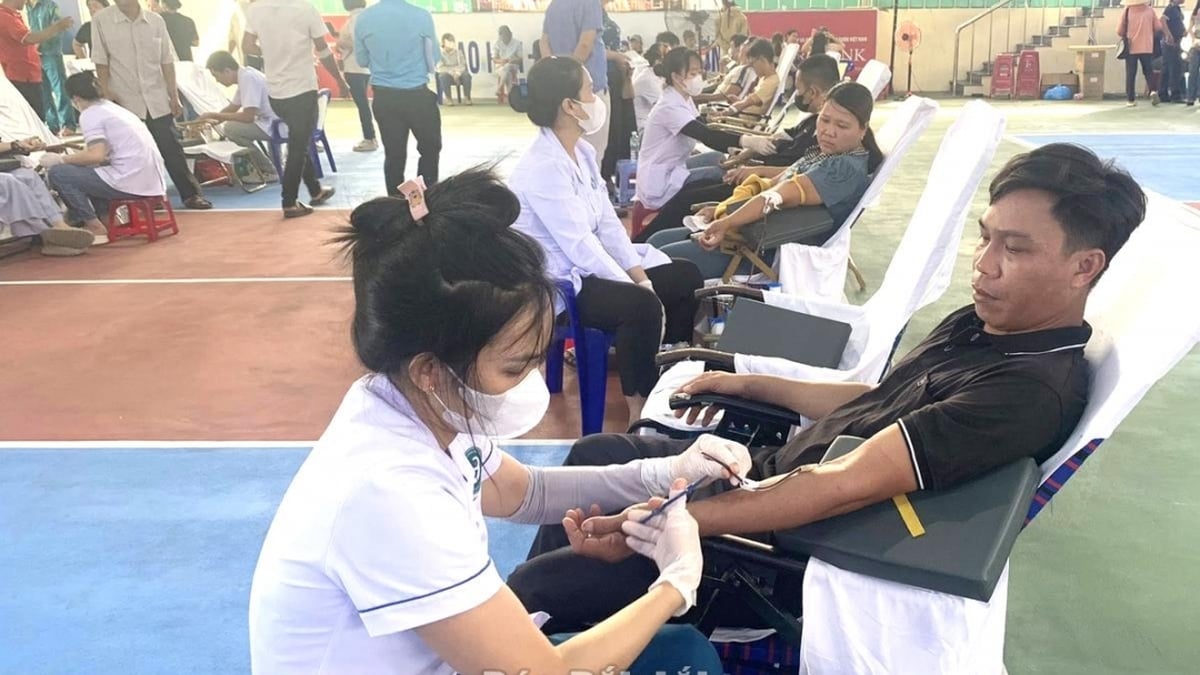
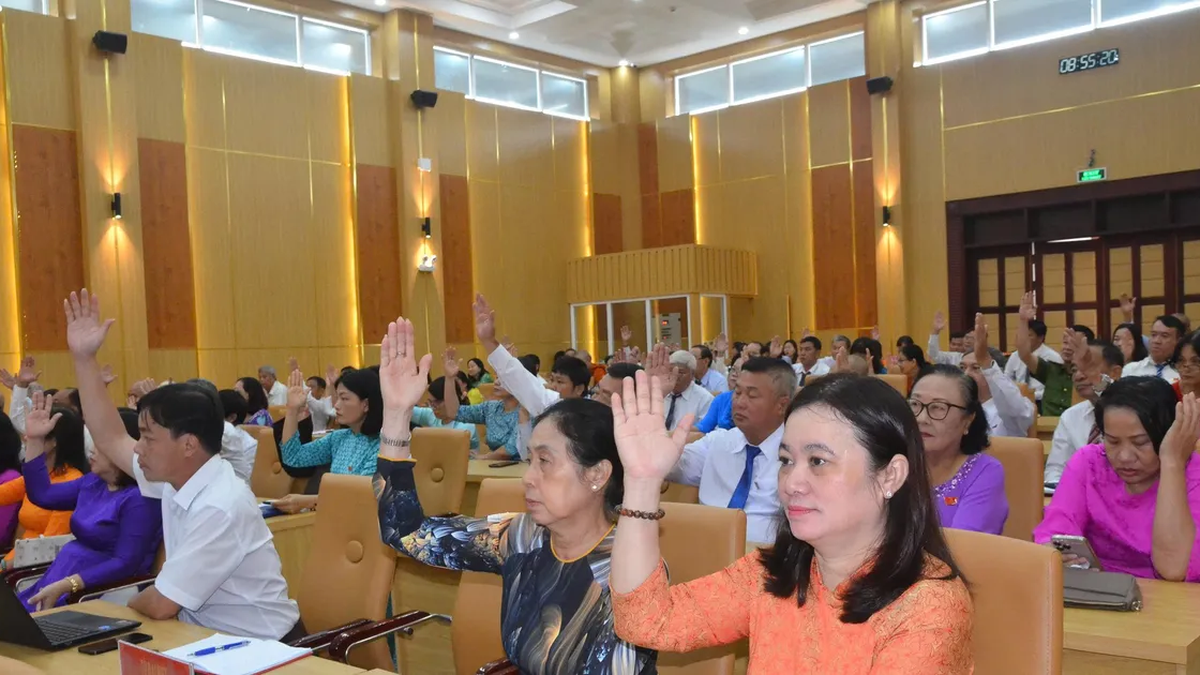

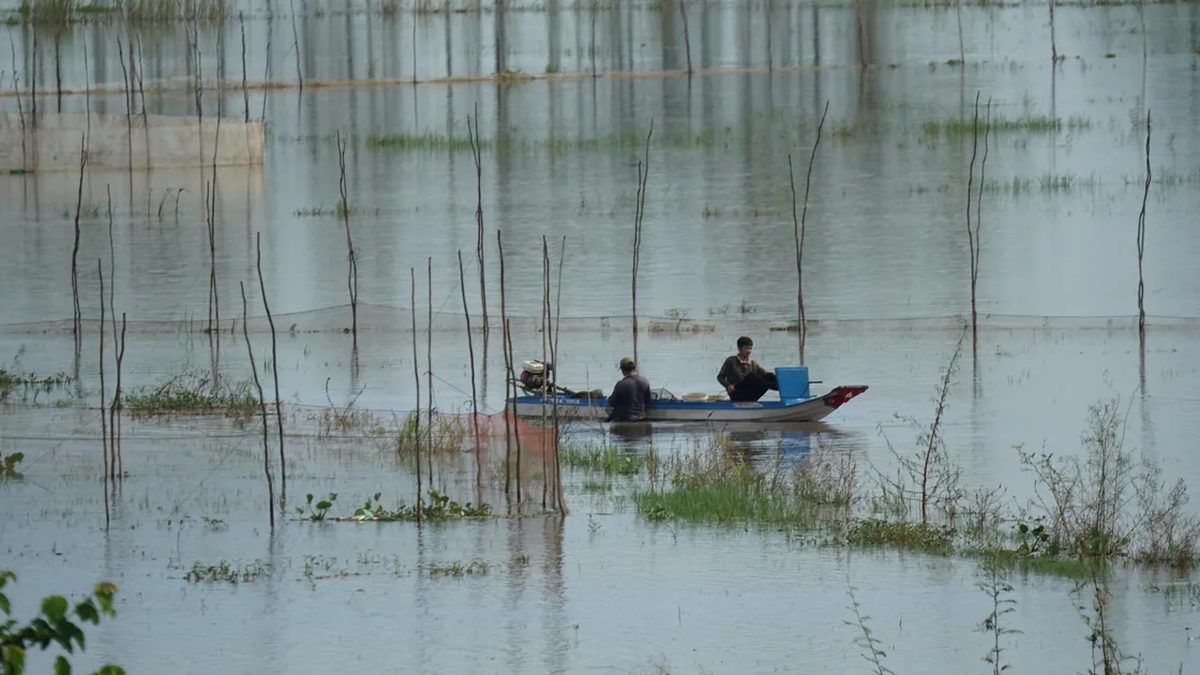
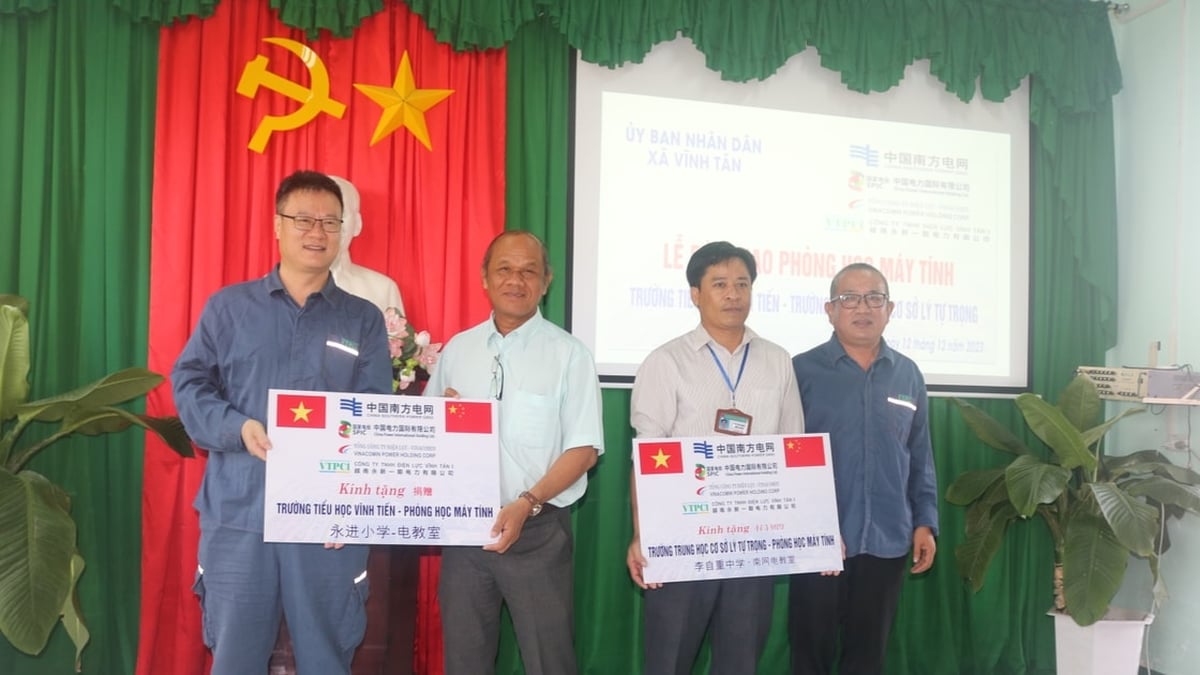






















































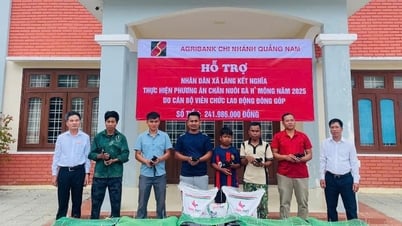

































![[Infographic] In 2025, 47 products will achieve national OCOP](https://vphoto.vietnam.vn/thumb/402x226/vietnam/resource/IMAGE/2025/7/16/5d672398b0744db3ab920e05db8e5b7d)







Comment (0)